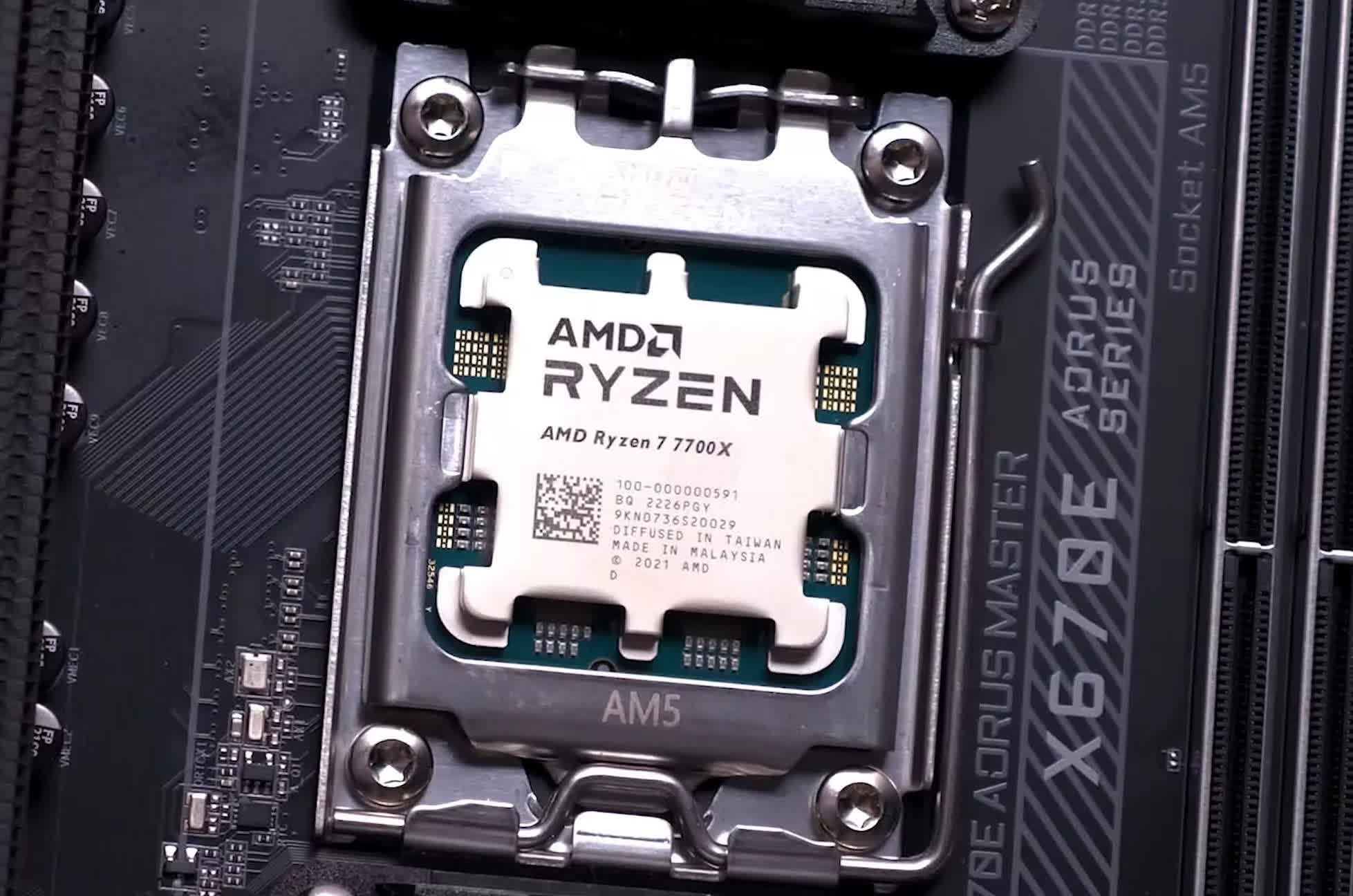There are well over a dozen CPUs to select from in the $300 to $400 price range, and many of them can make sense, complicating our recommendations. Let’s begin with the most affordable options at the $200 mark. The Ryzen 7 5800X, priced at $220, is easily dismissible; the 5700X offers similar performance for significantly less. Opt for the 5800X only if it’s about $10 more; otherwise, select the cheaper model.
The same goes for the Ryzen 7 7600X: it’s just a $20 premium over its non-X counterpart, but this isn’t justified. Enabling PBO on the 7600 is an option, but the more power-efficient stock configuration of the 7600 is preferable. Save the $20 and opt for it. Also priced at $220 is the Core i5-12500, but it’s less appealing compared to the superior 7600 and the more affordable 12600KF.
The Core i7-12700KF at $230 is intriguing. It offers eight 12th-gen P-cores and a cluster of E-cores, totaling 12 cores. Although not all cores are equal, this configuration provides significant processing power for $230. Generally speaking, you’re looking at similar gaming and productivity performance to that of the Ryzen 7 7700X which costs $320. However, the Core i5-13600K, with comparable productivity performance and generally superior gaming results, is a better option. Currently, the 13600KF is $250, with the standard 13600K at $270. Despite the 12700KF’s appeal at $230, we’d lean towards the slightly pricier 13th-gen Core i5.
The Core i5-13600KF at $250 is the first CPU in this bracket that truly stands out. It matches the 7600‘s gaming performance using DDR5-6000 memory and offers significantly better productivity performance. However, a decent DDR5 Z690 or Z790 motherboard will cost about $50 more, totaling an additional $100 for this combo over the 7600 – a 25% hike at $500.
The AMD Ryzen 9 5900X, at $290, barely falls under $300. It’s a viable choice if you’re already using the AM4 platform. Otherwise, for slightly more, the Ryzen 7 7700X offers comparable productivity performance with much improved gaming performance. Investing a bit more in the AM5 platform is a smart choice.
If considering just over $300, the 7700X at $320 is a great option, surprisingly more affordable than its non-X counterpart at $330. The only real competitor is the Core i5-14600K at $270, a rebranded 13600K. Paying over 20% more for essentially the same product is unwarranted. Depending on motherboard prices, the 7700X might be closer in cost to the 13600K than expected, making it a potentially better purchase.
However, complicating our decision are the Core i9-12900K and KF models, now reduced to $315 and $310, respectively. We suggest the i9-12900K at $315 between the two, but even at this reduced price, it’s not a definitive recommendation. The 13600K’s newer Raptor Lake architecture nearly matches its productivity performance while using significantly less power and matching gaming performance. So, we’d prefer the 13600KF at $250.
Finally, the 5800X3D at $320 is an excellent CPU for those committed to the AM4 platform. For others, the 7700X is the better choice.
All said and done, the choice boils down to the Core i5-13600KF or Ryzen 7 7700X. Depending on motherboard prices, we could go either way. A well-priced LGA 1700 DDR5 board makes the 13600KF a valuable option, but the potential upgrade path of AM5 also makes the 7700X appealing, though its future offerings remain uncertain.


